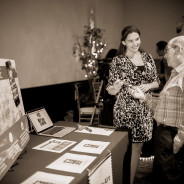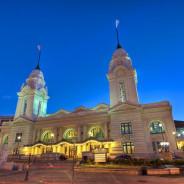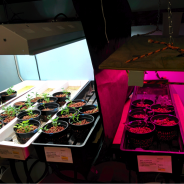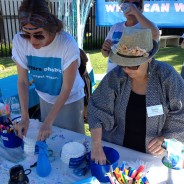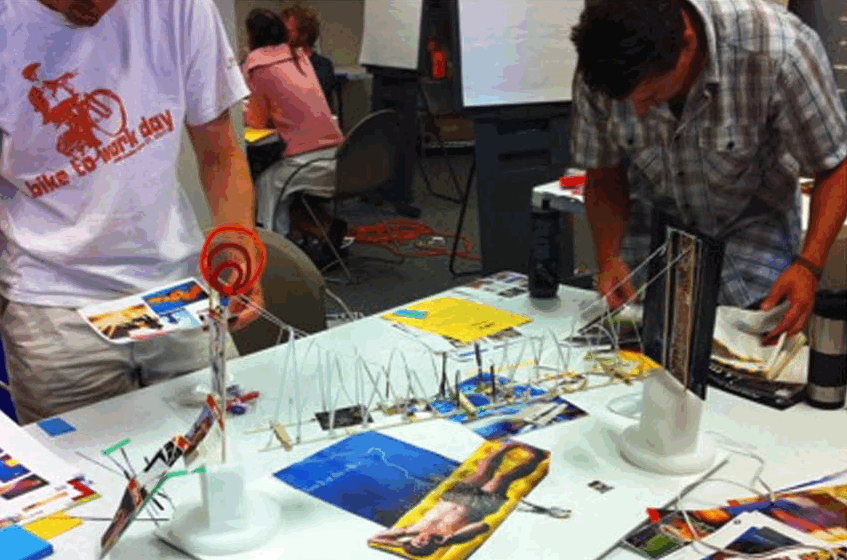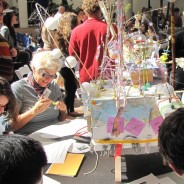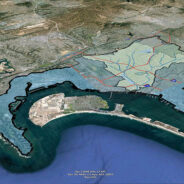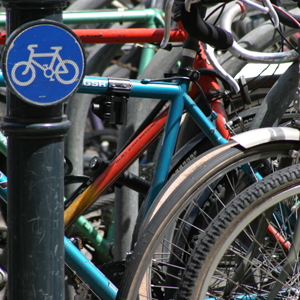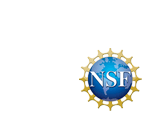AoSL Curriculum Available
The Art of Science Learning Innovation Curriculum, which uses the arts to teach the entire process of innovation to STEM learners and professionals, is now available for use. Read more...
read more3rd Year Project Update
As Art of Science Learning prepares to launch a national tour of its exhibition, PI Harvey Seifter reports on the project’s progress and research study status now that the project has completed its 3rd year.
read moreWorcester’s Launch!
Community members working in Art of Science Learning’s Worcester Incubator have created innovative responses to Worcester’s transportation challenges. See them on Thursday, January 22 at Union Station.
read moreGrowing Innovations
September 29 marked the public launch of Growing Innovations, the first Art of Science Learning project from our Chicago Incubator to go to market.
read moreSan Diego’s Launch!
Community members working in Art of Science Learning’s San Diego Incubator have created innovative responses to California’s water emergency. See them on Thursday, October 16 in Balboa Park.
read moreMid-Project Update
As Art of Science Learning’s current Phase 2 project reaches its half-way point, PI Harvey Seifter reports on the project’s progress and research study soon to be launched.
read morePlay Day in the News
Times of San Diego ‘Play Day’ Explores How Art Can Improve Science Education “Hundreds of local educators descended on Balboa Park Thursday afternoon to explore how artistic creativity can lead to innovation in science education. The ‘Play Day for Educators’ was sponsored by Art of Science Learning, an initiative funded by the National Science Foundation to spark creativity in science education. San Diego is one of three cities nationwide with an incubator program to develop ideas. The event was organized to showcase the San Diego incubator teams’ projects.” La Prensa San Diego Innovative projects connect community with art and science “Art and science many times are worlds apart, but for the 10 San Diego teams that are part of Art of Science Learning, art and science are inseparable. Art of Science Learning is a National Science Foundation-funded initiative that is challenging three incubators, one of them in San Diego, to use a new arts-based curriculum to solve civic challenges in each...
read moreMetaphorming
Todd Siler, Art of Science Learning’s ArtScientist in Residence, talks about this unique innovation practice which evolved out of his explorations at MIT and the application of that work to organizations around the world. METAPHORMING and the Art of Science Learning by Dr. Todd Siler Art has a way of pointing things out through implicit picture-statements that express our intuitions. These are the primary physical and conceptual ‘‘vehicles of imagination’’ that move us through the windows, doors, and open highways of our metaphors. Naturally, science does its share of pointing, too, using explicit statement-pictures and the scientific method to generate and glean discoveries. These are highlighted as hypotheses, which grow from observational science and common sense. For the past three decades, I have combined arts-based and science-based learning tools in the form of ‘‘5-D Models’’ and applied them in creative acts of innovation. I refer to these symbolic models as 5-D because they embody the traditional three dimensions of height, width and depth, as well as 4-D (time and motion perspectives); the 5th dimension encompasses all forms of symbolism or symbolic languages, such as words, images, objects, numbers, signs, stories, allegories, puns, visual metaphors, physical analogies, similes, and other devices that we use to express ourselves and communicate. Central to this work is a process I call metaphorming, which is a much deeper and more effective way of brainstorming. Participants collaborate in making multi-dimensional, freeform, symbolic models. These models contain a wealth of ideas, insights, knowledge, and creative solutions. Over the years, I have applied metaphorming to help cross-disciplinary groups produce innovative ideas and breakthroughs that lead to significant outcomes with measurable results. The process leads participants to spontaneously engage in conversations in non-contentious and non-threatening ways. Consequently, it enables people to easily connect with and better understand one another. ‘‘Metaphorming’’ comes from the Greek words meta and phora: transcending and transference. It begins with transferring new meanings and associations from one subject to another. We all do this every day on a simple level when we think in metaphors and similes. But this idea expands beyond metaphor to encompass all aspects of associative thinking. It continually creates new connections by using a spectrum of symbolic languages to visualize, show and share our stories. The act of making symbolic models has a track record of success that can be traced back to prehistoric times, when our symbol-making capabilities and cognitive skills were made evident on cave walls, earthenware, and pottery. In my work, I have found that this universal human capacity for self-expression and self-education can be used to help adventurous individuals and organizations realize their creative potential. In the process, we all learn to leverage our collective intellectual muscles by collaborating to achieve our goals. Metaphorming catalyzes collaborations and innovations. For further information about Dr Siler’s approach, visit www.ToddSilerArt.com or...
read moreWater!
On December 14th, the San Diego incubator combined arts-based learning with citizen science in a day-long exploration of the Pueblo Watershed.
read moreTransportation
For its civic challenge, the Worcester incubator will address the challenges and opportunities related to local and regional transportation, looking for alternative solutions that will address critical issues with the current system.
read more
